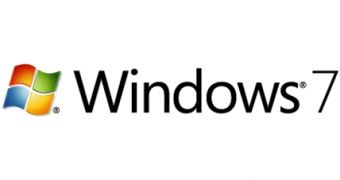Microsoft is little shy of applauding Windows 7 for the decrease in power consumption the operating system delivers. In this regard, the next iteration of Windows is aimed at customers looking to save on their energy bill, as well as lowering their carbon emissions. As far as Windows is concerned, increasing performance while lowering power consumption is synonymous with cutting down on the energy bill and becoming greener. In this regard, the Redmond company has made available for download a whitepaper focused on the power management evolution of Windows 7.
Bianca Wirth, Microsoft account technology specialist, enumerated some of the focal points of the whitepaper, including: “Improved idle efficiency – Windows 7 reduces resource utilisation when the system is idle and reduces or eliminates background activity on the system. Timer Coalescing – for background activity that cannot be reduced, Windows 7 has been modified to defer then execute non-critical background activity at once. It also defers non-critical background activity when on battery power. Trigger start services – when your computer boots it loads a number of system services in the background. In Windows 7 these services will now use 'trigger start' i.e. they require a physical event to occur before the service is started.”
In the attempt to cut down on power consumption, Microsoft has tailored Windows 7 to remote worker scenarios. The successor of Windows Vista has been built from the get go to take energy efficiency to the next level, compared to previous versions of Windows. But at the same time the software giant is not relying on Windows alone. The operating system brings to the table power-management diagnostic utilities, and allows, via PowerCfg.exe, Group Policy, and Windows Management Instrumentation (WMI), for a high level of customization.
Wirth pointed out additional Windows 7 power management improvements: “Enhancing power processing management (PPM) – driver support for latest PPM technologies. User Experience – includes enhancements including improved power troubleshooting and improved low battery alerting. Enterprise Power Management – more granular control integrated. Diagnostics in-the-box – the Windows Performance Toolkit helps IT Pros diagnose issues associated with power management.”

 14 DAY TRIAL //
14 DAY TRIAL //